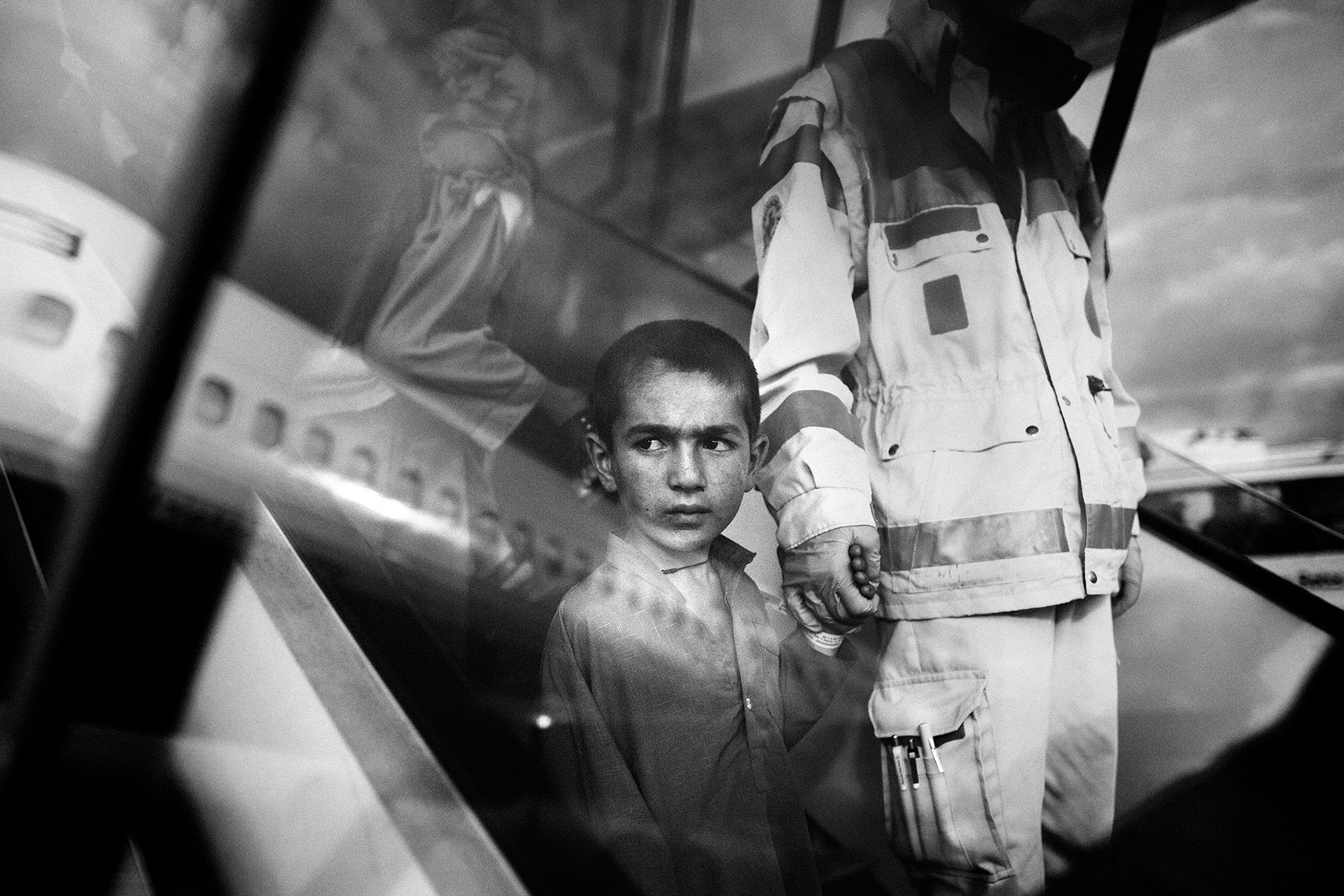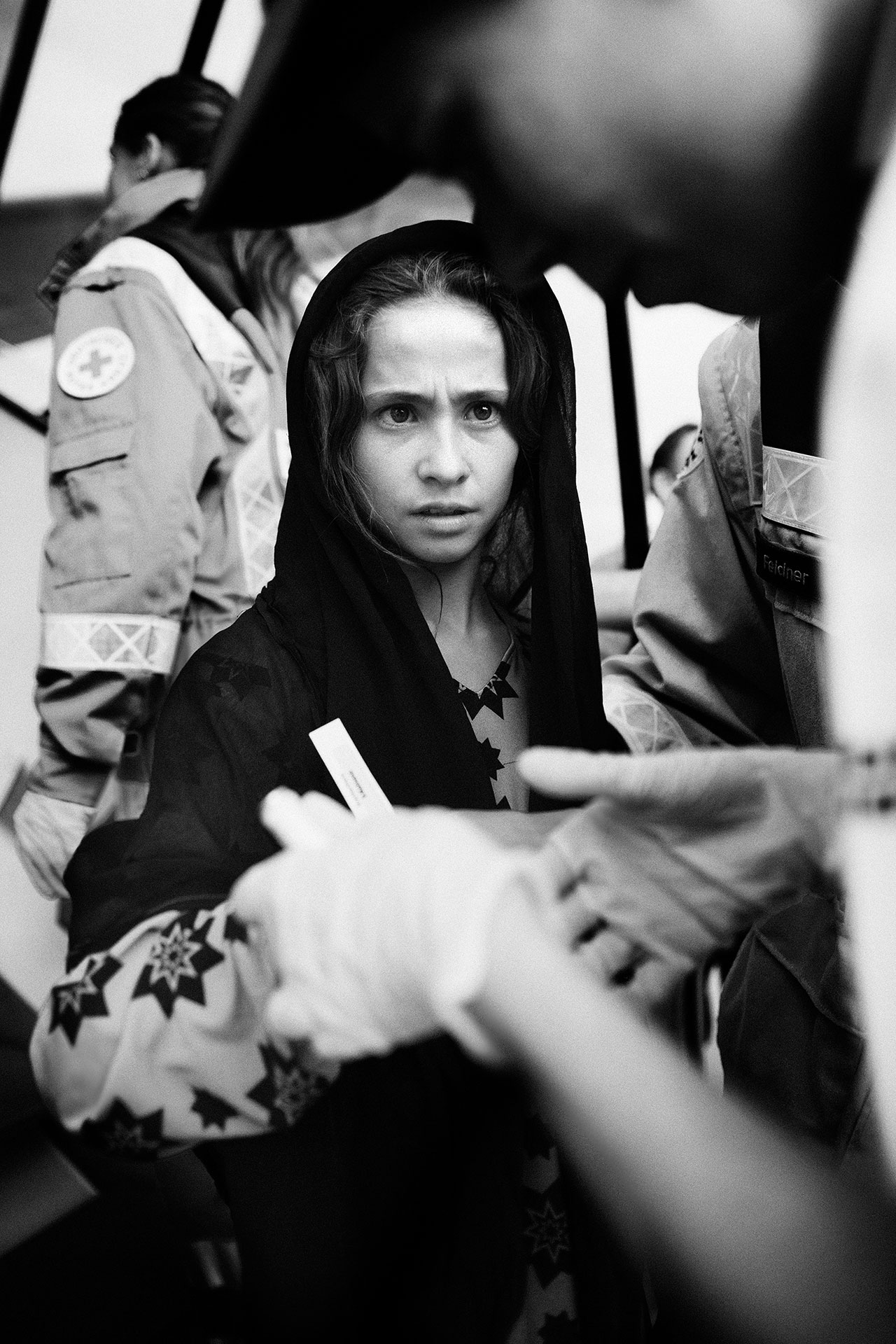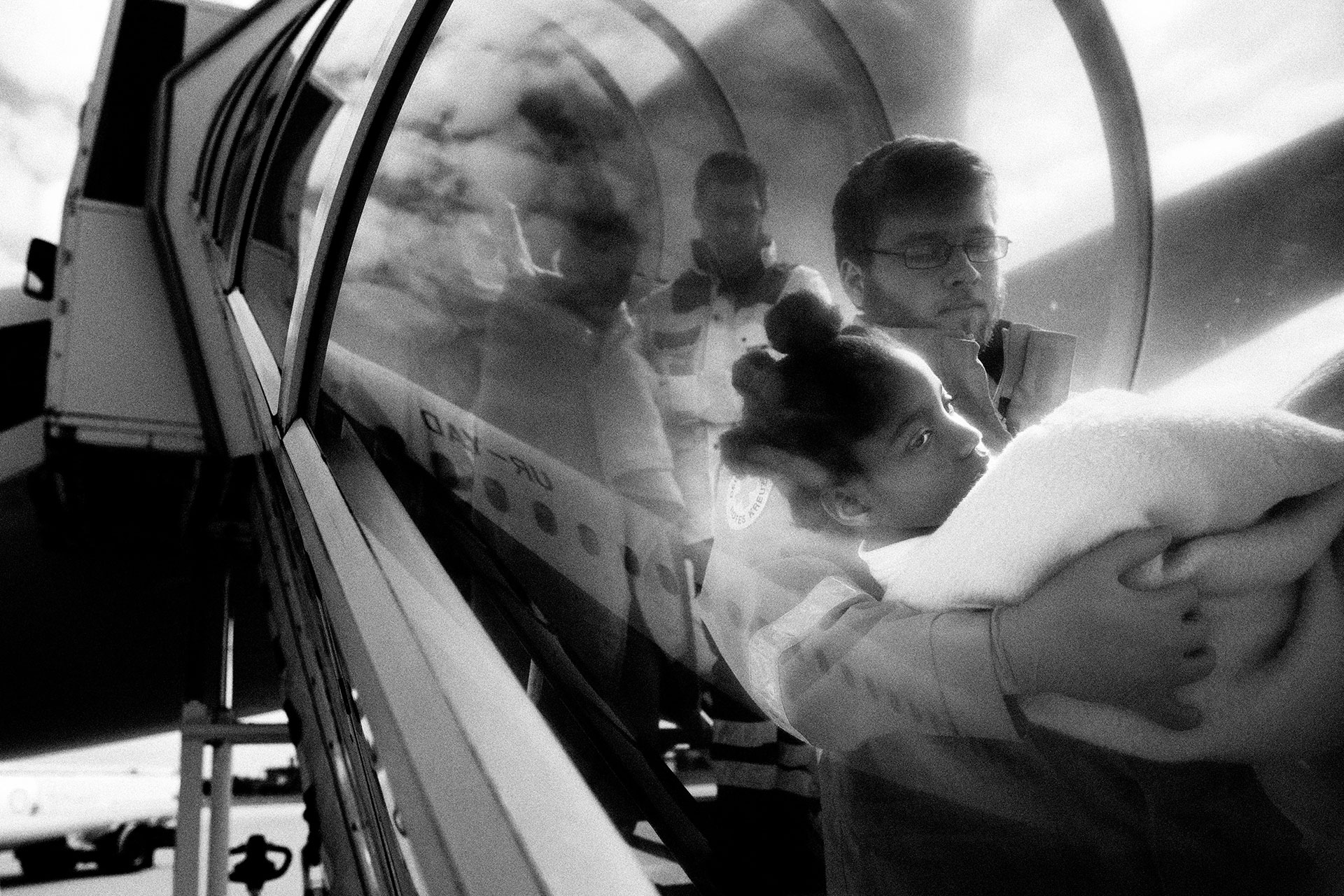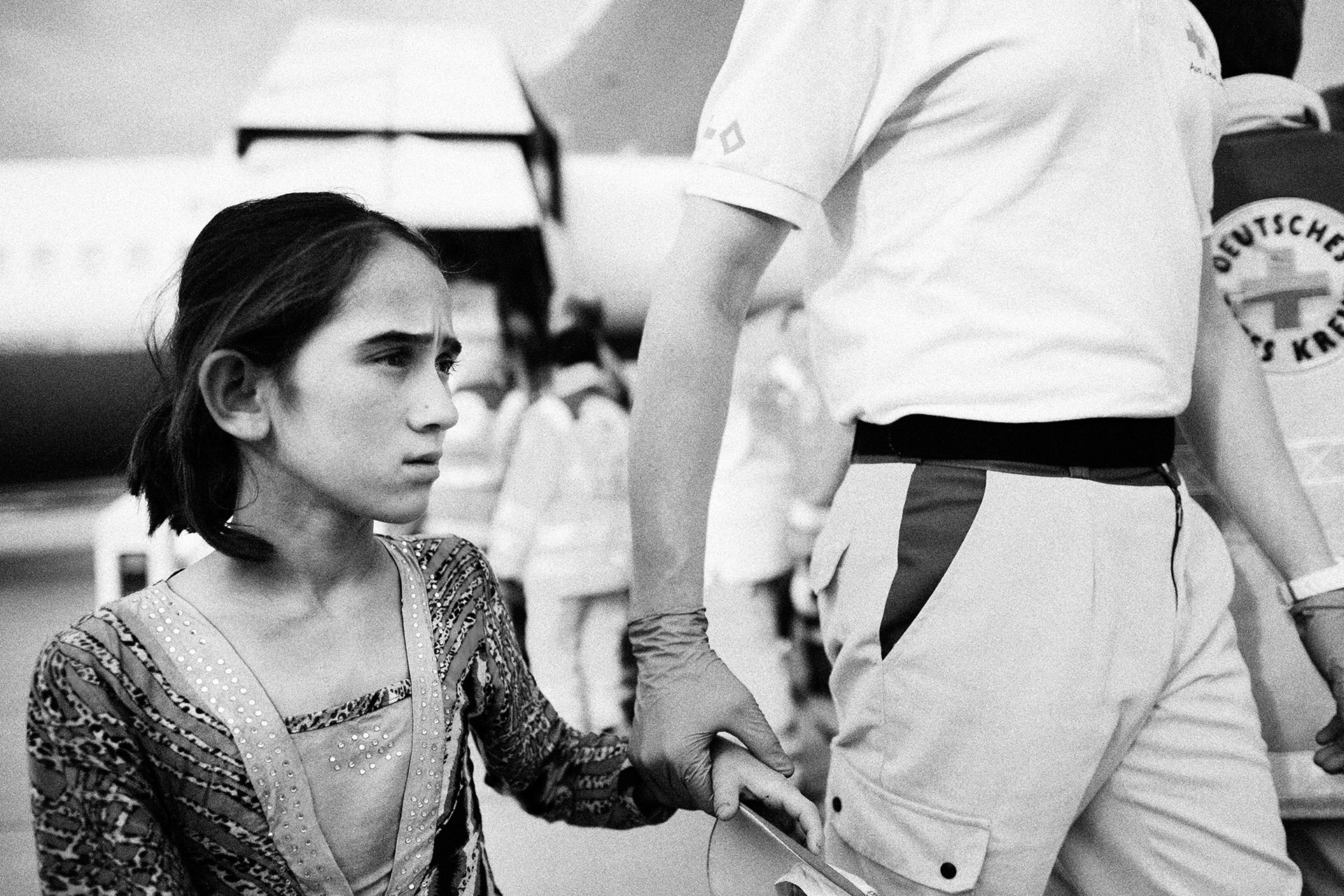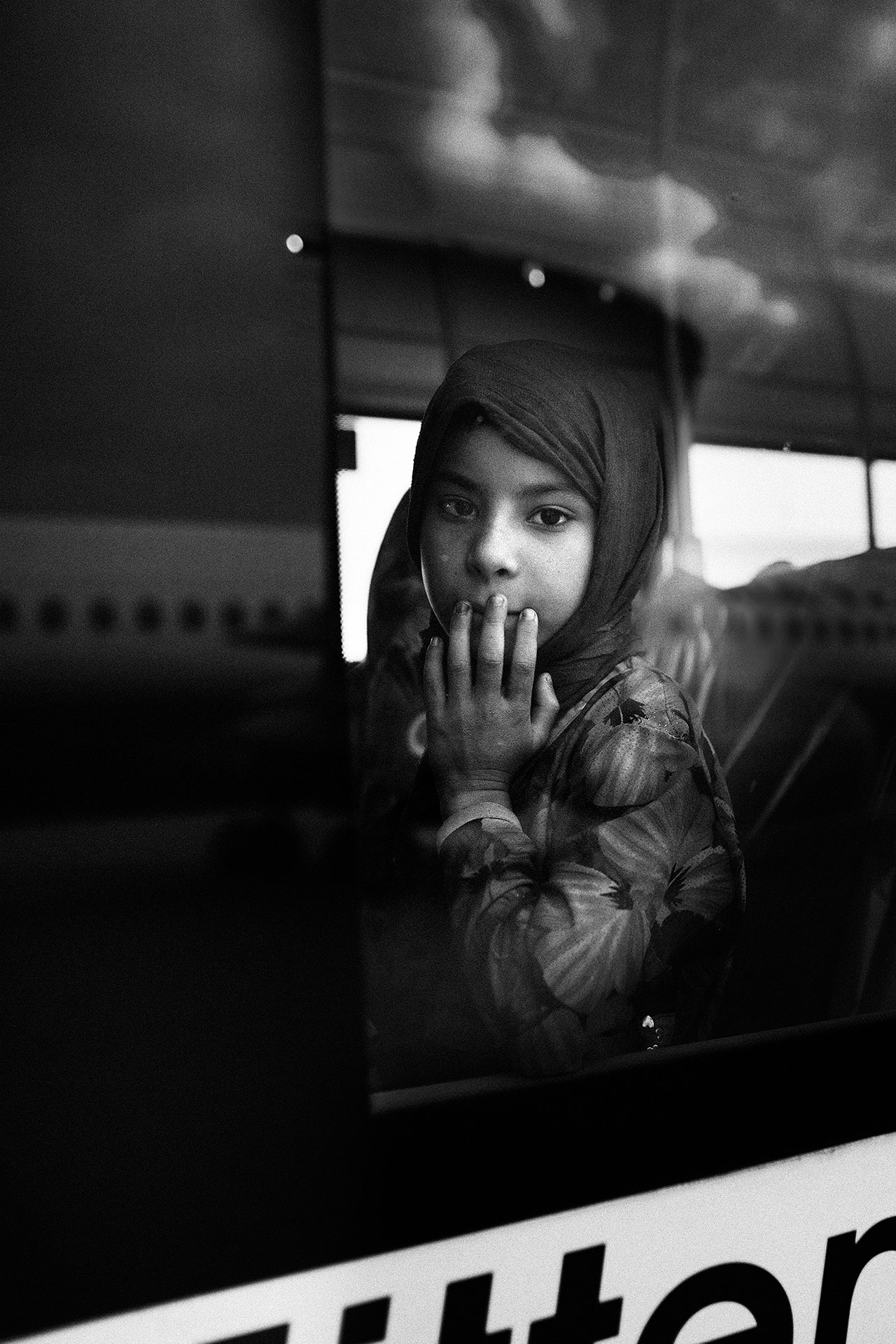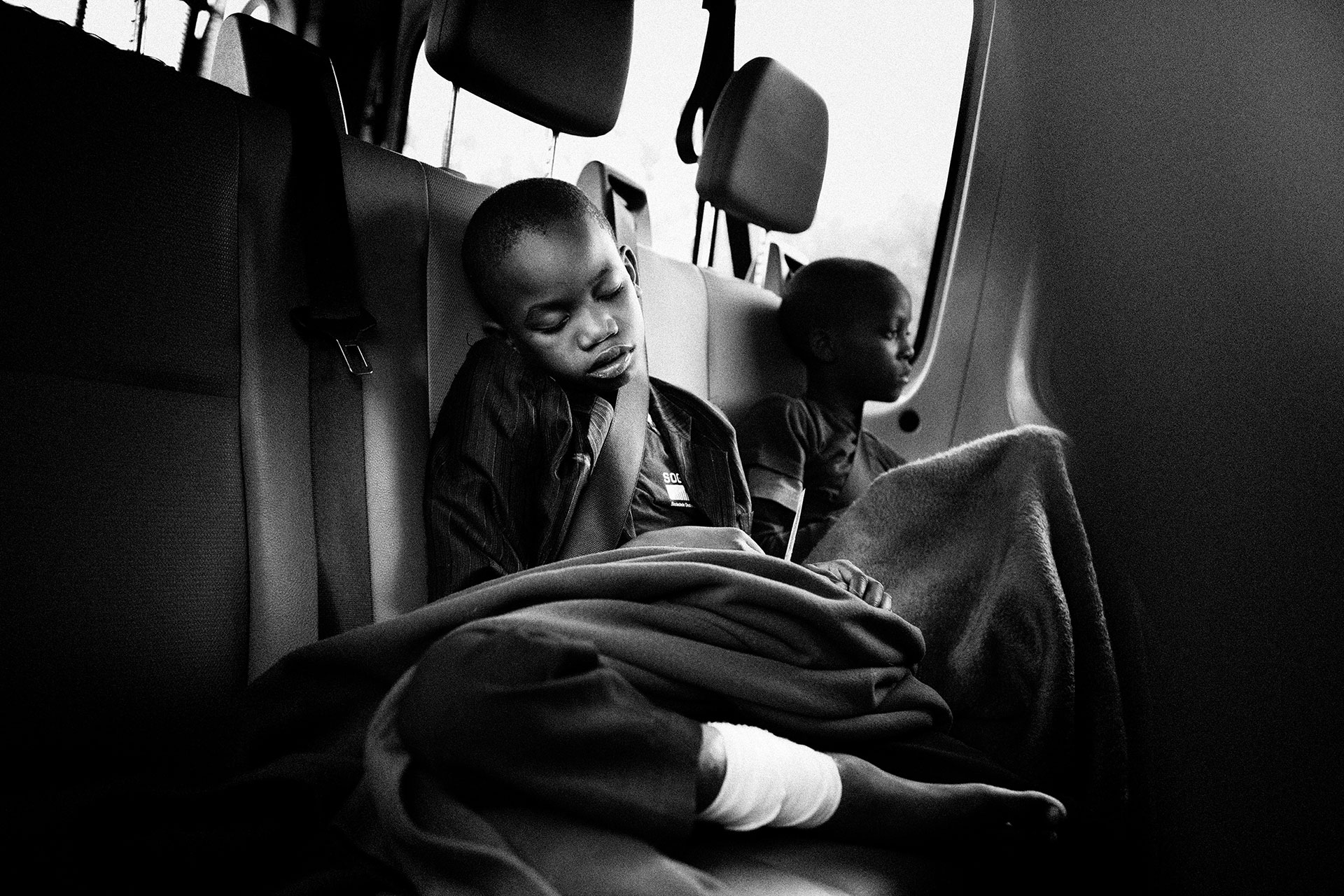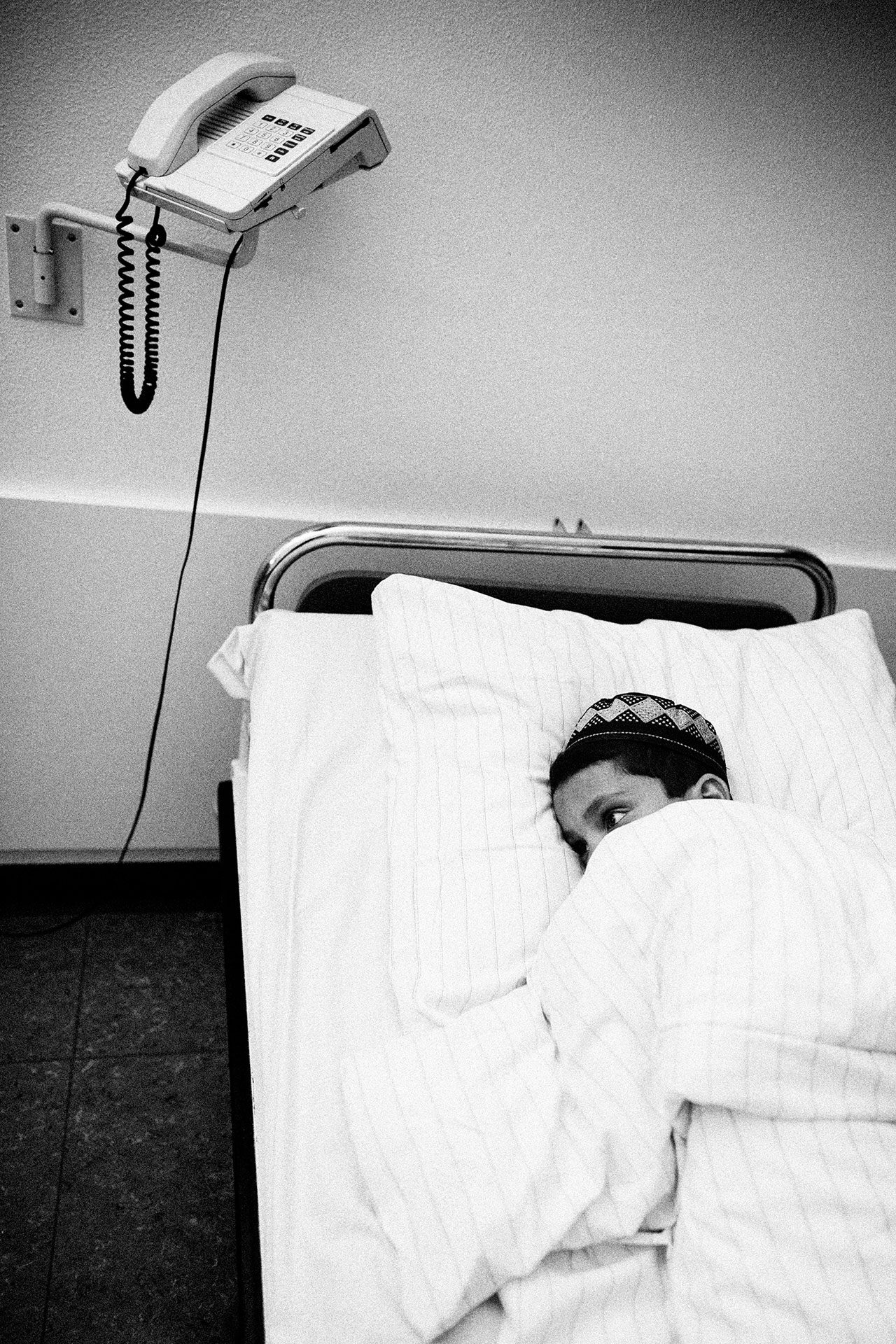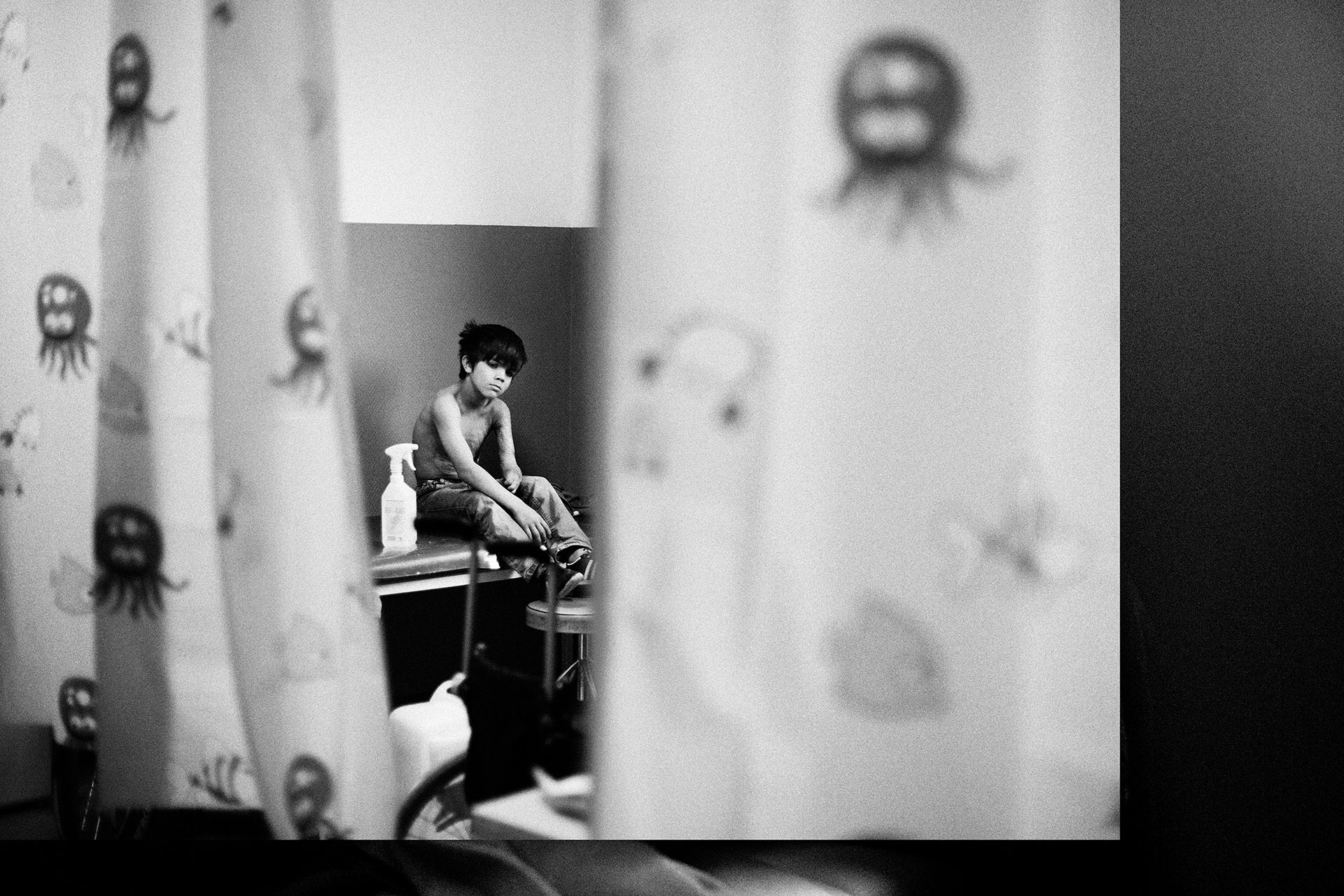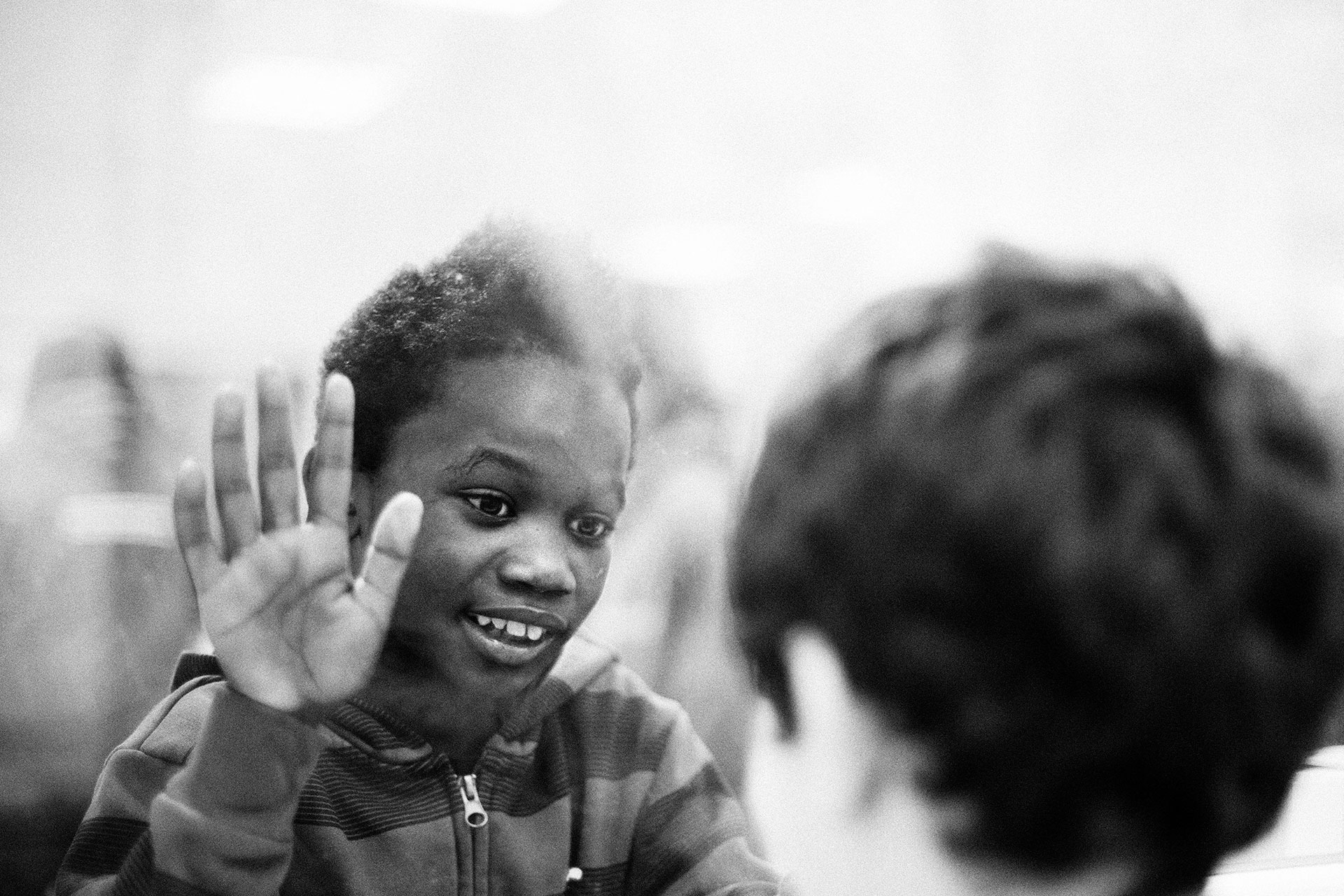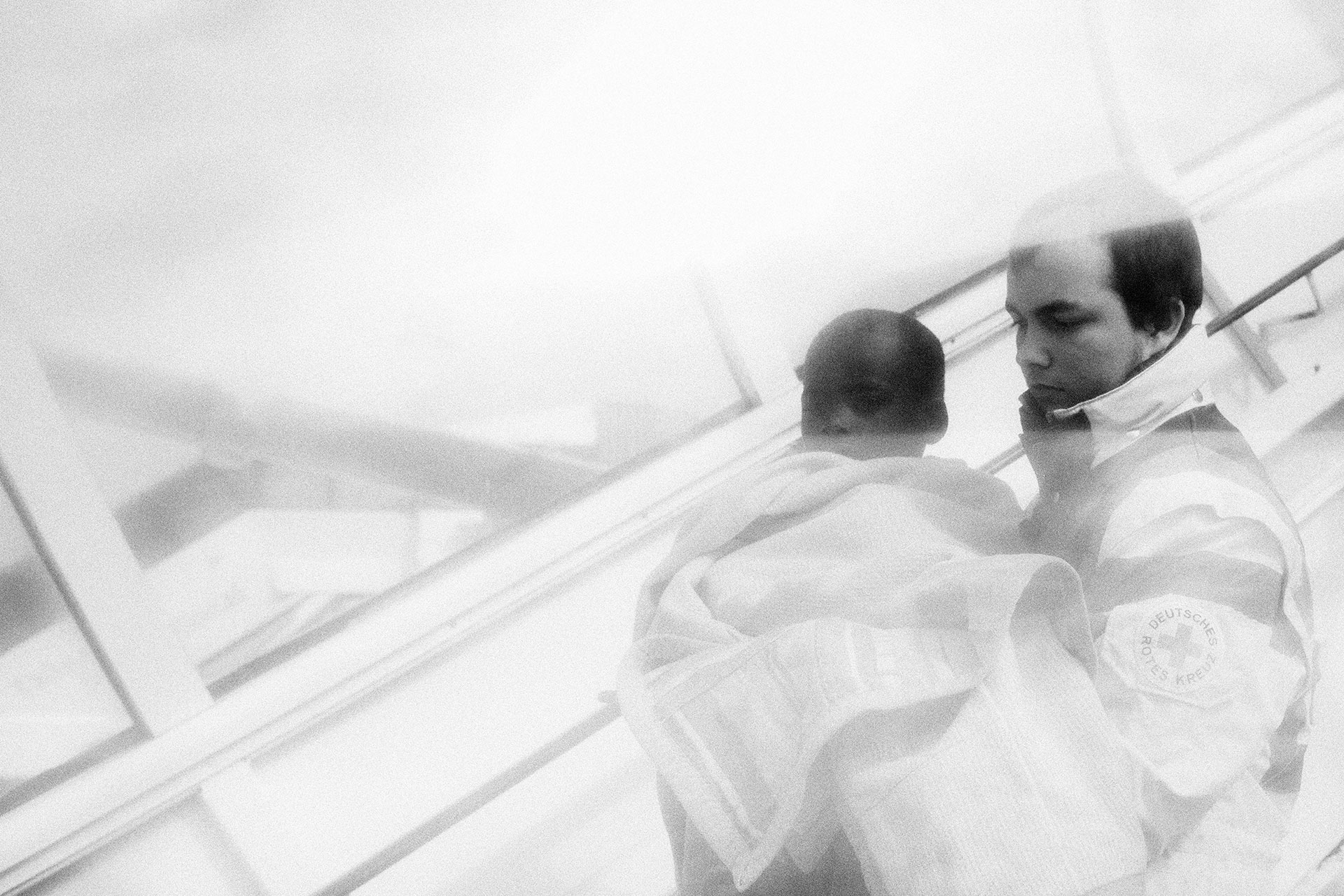Presentation
Over the last two years, wars forcing people to leave their home countries and refugees have dominated international media. But what virtually falls into oblivion is the fact that there always have been wars and that most people simply don’t have the chance to flee because they are too poor, too old, too weak or just too young. And therefore, for a long time, they have stood invisible in Europe.
In war zones, medical care often collapses completely. For a large part of the population necessary treatment is no longer possible. Even years after a conflict, complicated operations cannot be performed because qualified staff and infrastructure are missing. For the patients, this can simply mean death.
Furthermore, roughly 230 million children are affected by wars worldwide. For the sick and injured among them, medical treatment abroad is often the only chance to survive. For the last four years I have been following the work of the German NGO Friedensdorf International (Peace Village international), an organization founded in 1967 that enables children to get this medical treatment in Germany. Approximately 300 arrive each year, currently mainly from Angola and Afghanistan, countries in which wars have been raging for decades and where Peace Village has maintained longstanding, close contacts.
I followed the various phases spanning arrival, treatment in the hospital, and life in the children’s home right up to the journey back home and experienced the children’s development over this short time.
Biography
In 2005, Toby Binder earned a degree from the Stuttgart Academy of Art and Design where he studied Communication Design and Photography. Since then, his photography is focused on social and political topics.
Early travels took him to Africa where he documented maternal mortality in Sierra Leone and Malawi and the destiny of children stigmatized as witches in Nigeria. With his sophisticated sense of color and gesture, without ever resorting to contrived expression, he has been supporting the underprivileged and marginalized in Eastern Europe and Latin America.
His photography is focused on social and political topics. Based in Argentina and Germany he works on assignments and personal projects.
Based in Argentina and Germany he works on assignments and personal projects. He has worked with magazines such as Stern, Neon, Nido, Geo, and Süddeutsche Zeitung Magazin, and published in the newspapers die Zeit, Neue Zürcher Zeitung and “der Freitag”. He is represented by Fotogloria and is a member of the agency Anzenberger.
